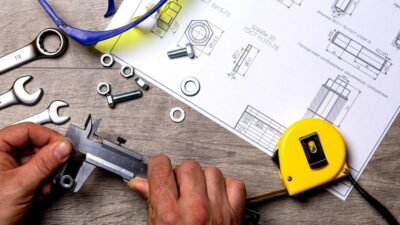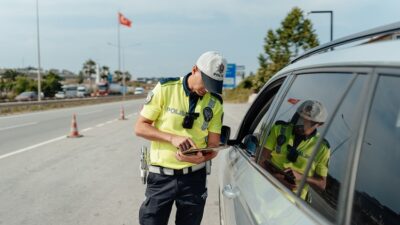MRI departments may not be at the front lines of the COVID-19 epidemic, but they are still necessary personnel that face the threat of infection daily. We already know the dangers that personnel within a hospital may run into. With the right management, an MRI department can seek to reduce the incidence of infection. A study published in the Journal of the American College of Radiology suggests a few key things that workers within an MRI suite ought to know. In this article, we break down the piece into more easily digestible segments to help workers within an MRI department understand the risks and what she can do to prevent the spread of COVID-19.
Table of Contents
Positive Air Pressure Rooms
The rooms that house MRI machines have a specific design. The design ensures that there is positive air pressure throughout the room, forcing air out and not allowing it to recirculate inside the room. From a design perspective, this was done to ensure less accumulation of particulate matter on the machines. However, the downside of this design is seen where airborne viruses are concerned. In the event that a patient is infected with COVID-19, this positive air pressure has the potential of forcing the virus out to the rest of the hospital.
The current standards implemented in MRI rooms across the country suggest a minimum application of six air changes every hour to lower the spread of airborne pathogens to the rest of the hospital. Aerosol generating procedures increase this value to twelve air changes per hour. Experiments were conducted with both six and twelve-hour air changes. It was found that the possibility of an individual contracting an airborne illness was decreased by 58%.
Additional Measures to Keep MRI Rooms Safe
The study found that standard aeration and disinfection protocols helped keep these departments COVID-19 free. Further measures included wiping down patient-contact areas with disinfectant wipes and increasing the downtime between scans of potentially infected personnel by as much as an hour. Personnel within the unit ought to adhere to PPE guidelines for COVID-19, and after scanning any potentially infected person, all personnel involved should change their PPE. People who would be entering the magnet room would also be required to don the recommended PPE.
A Combined Effort
COVID-19 is still a genuine danger to everyone. To ensure the safety of personnel within the MRI room, as well as patients who need to get scans done, hospitals may need to pay attention to how their MRI rooms operate. The hospital is already one of the highest concentration areas for the virus. As an airborne pathogen, medical personnel will have to take extreme precautions to ensure that the virus doesn’t circulate. These options for securing the MRI room and its personnel can help ensure the safety of the entire facility. Until the situation improves, this may be the best methodology MRI rooms have for dealing with potentially infected patients. It does help manage the institution’s infection rate, and with medical facilities already strained, that can only be a positive step.
Learn more about the impact of COVID-19 on different medical sectors, on this website: www.fitness-studion1.com













Comments